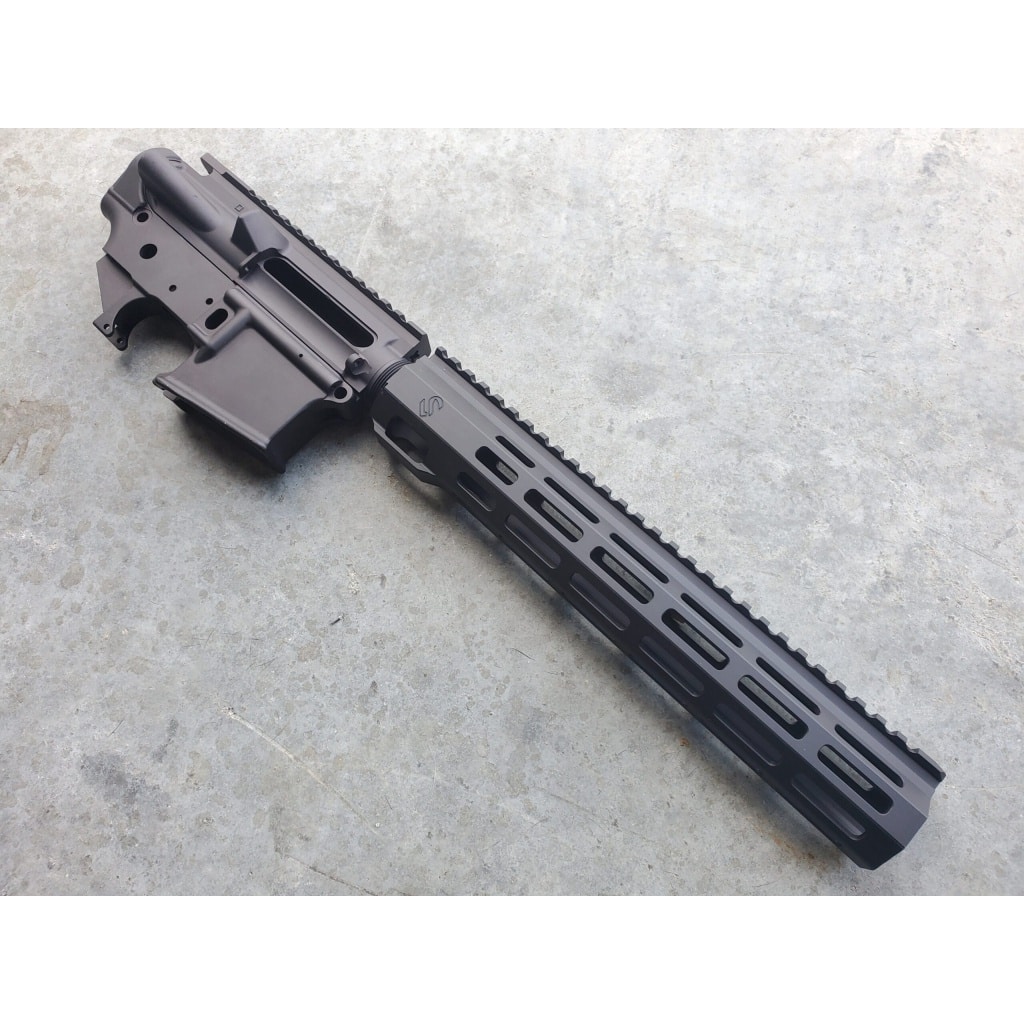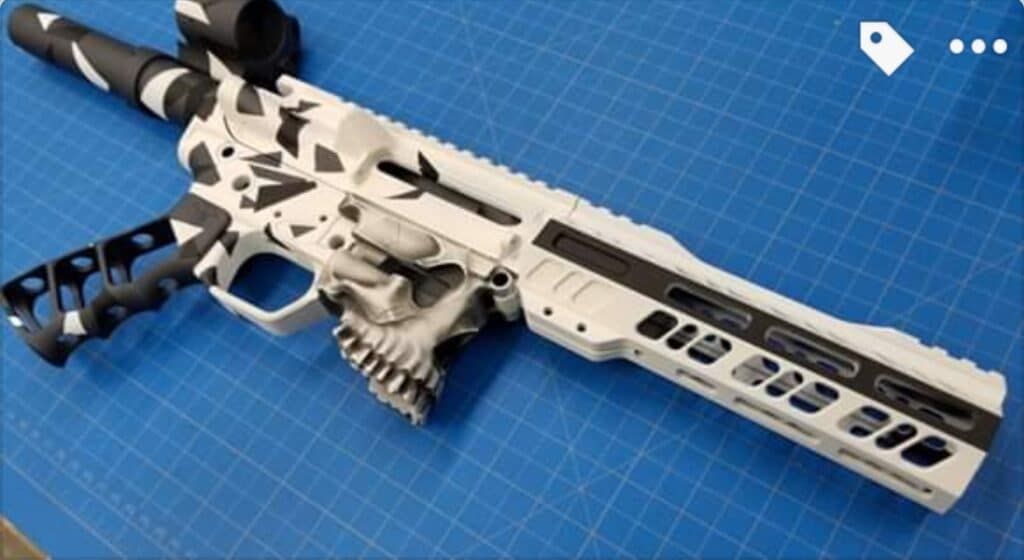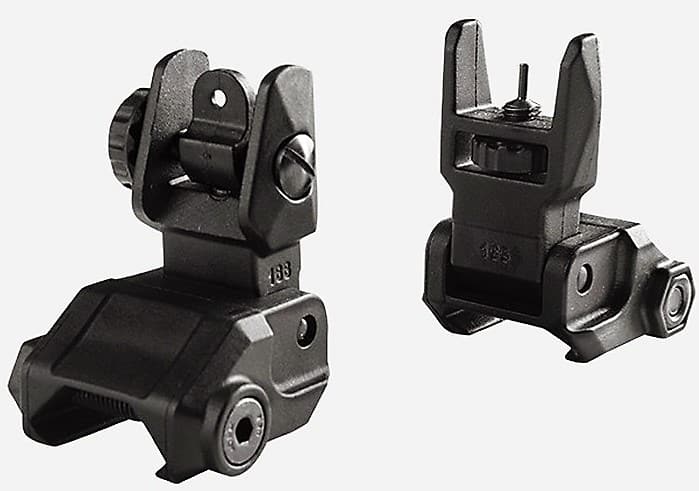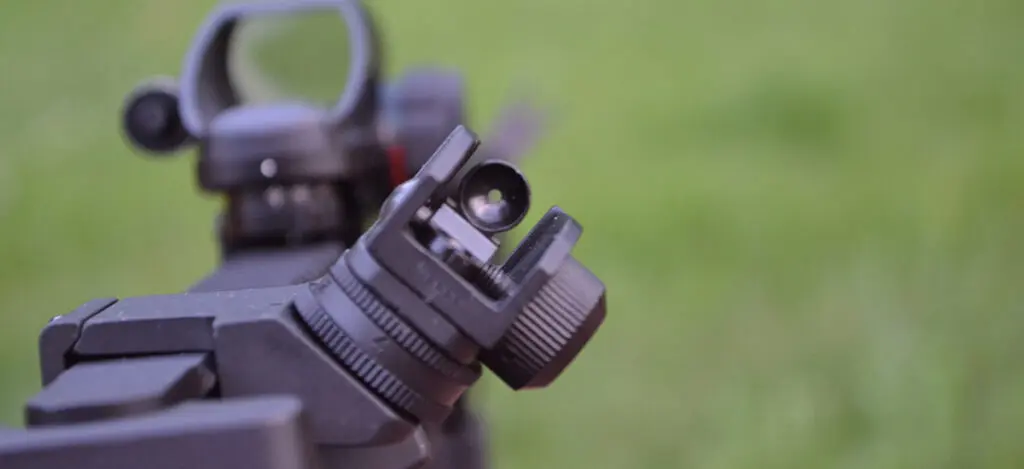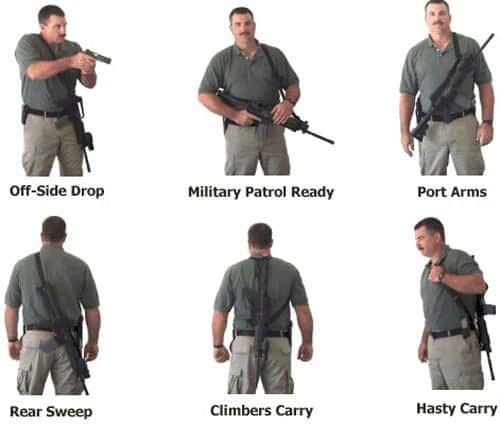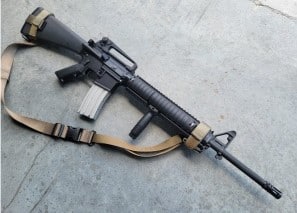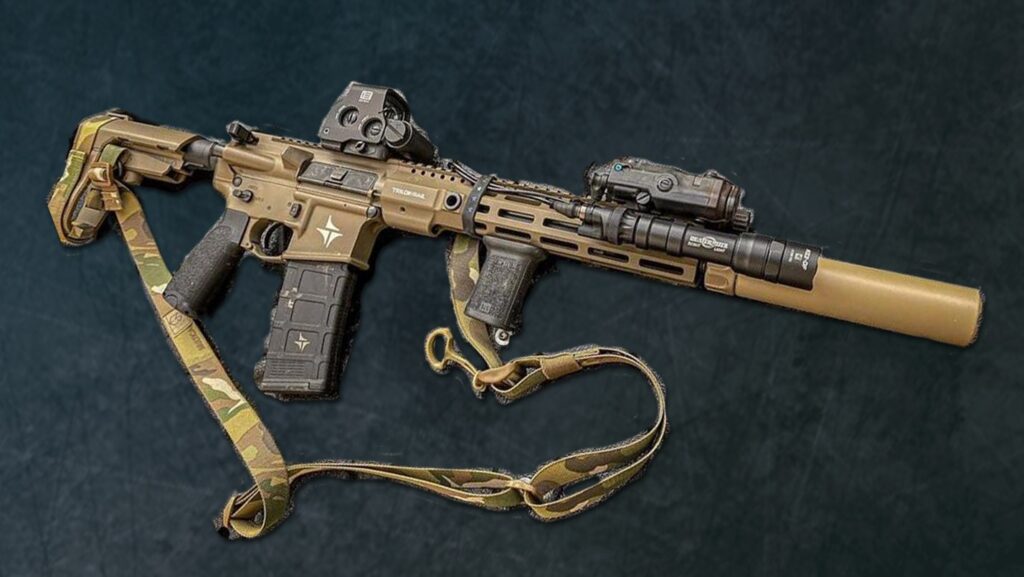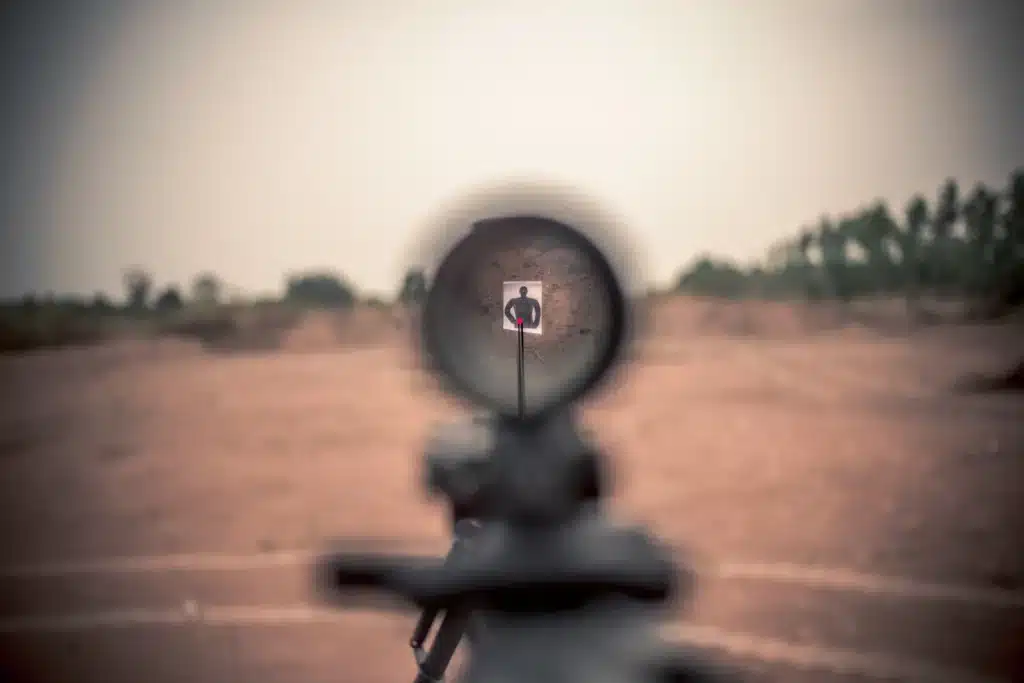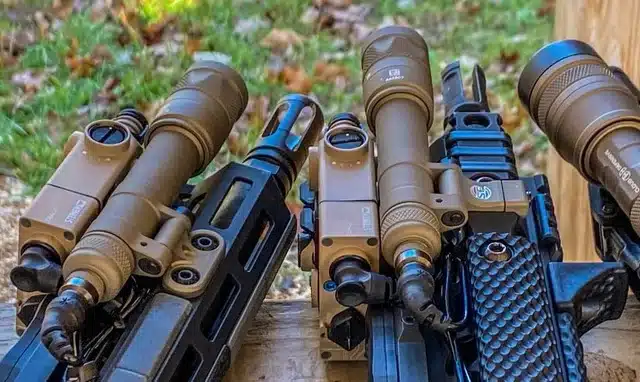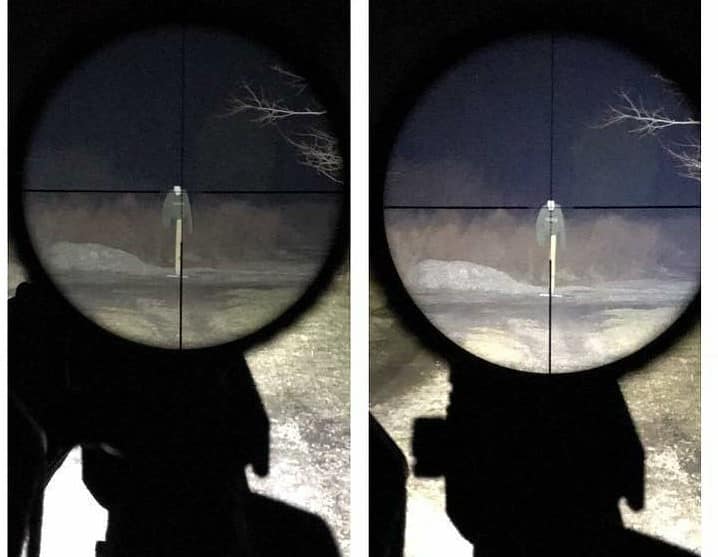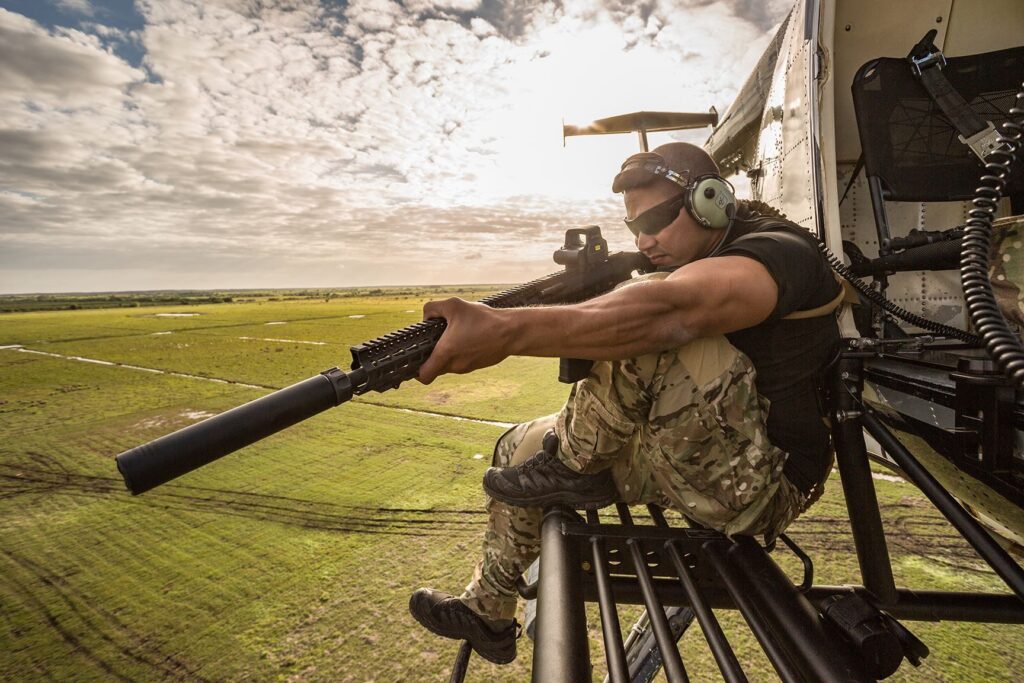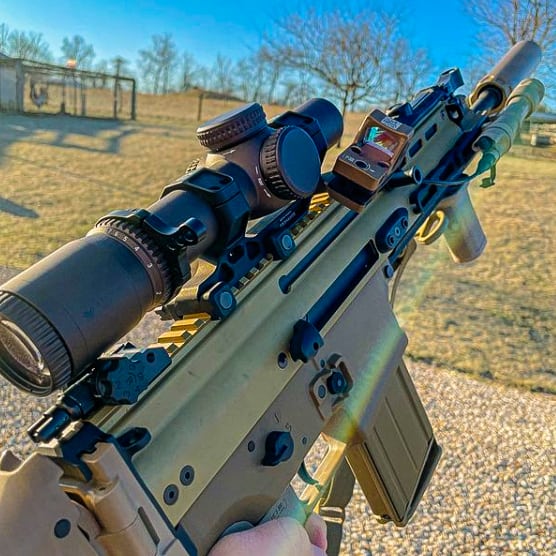So, you want to buy your first AR-15?
The most difficult aspect of buying an AR-15 should be determining which AR-15 to buy. However, first-time owners can find the sheer amount of compatible parts & accessories flat-out overwhelming. Oftentimes, new owners make decisions & purchases based on aesthetically “cool” products. Others try to do due-diligence, but find it difficult to navigate between advertisements, sponsorships, reviews & technical, hard data.
Above all else, the first-time AR-15 buyer is typically unaware of the additional cost of basic accessories, which, while not required, are generally considered standard on most AR-15 builds.
A majority of upgrades or accessories are typically personal preference. Generally, a mil-spec AR-15 grip functions identically to any other, however, personal preference dictates one particular grip over another.
Other accessories or upgrades are generally regarded as standardized. Although personal preference may bias toward a particular model or style, there is a general consensus about choices from which to pick a particular model or style.
An example of this is the choice of a particular optic. General consensus agrees that having an optic, in general, is beneficial. A particular model, style or brand of optic is personal preference, but using an optic, in general, is not. (You may very well choose to not use an optic, personally, however, you would be at a disadvantage, generally.)
The very first basic accessory an AR-15 should have is a pair of iron sights. Typically referred to as “back-up iron sights,” because the assumption is that they are paired with an actual optic. While most manufacturers include iron sights with complete AR-15, some do not.
Additionally, one of the strengths of the AR-15 platform is parts compatibility, which means many people build them from individual parts. Regardless, every AR-15 should have a pair of iron sights, whether serving as a back-up for an optic or stand-alone.
Sometimes a particular optic setup, namely larger prisms, LPVOs or magnifiers, take the rail space used for iron sights. Particular optics are regarded with a certain level of reputational durability, therefore, some users forgo iron sights altogether. Others choose to run off-set or canted iron sights when their optic choice dictates it. Ultimately, the type or style of iron sight is personal preference. There are many models & styles to choose from, & most include unique features to differentiate them from others.
The next basic accessory every AR-15 should have is a sling & mounting system. Many modern AR-15 designs have Quick-Detatch (QD) points on varied locations, however, placement of these points is largely personal preference. While there are general standards as far as mounting a sling, most users largely tailor the most comfortable setup within those standards. For example, a right-handed shooter will generally mount the sling points on the front left & right rear, in order to keep their rifle upright when slung. However, it may be more comfortable for an individual to run some variation, as long as the rifle stays upright, ultimately. Again, the goal is to keep the rifle retained, upright, when slung, comfortably.
There are many manufacturers & designs of slings & sling-mounting hardware. The main mounting solutions vary from fixed, HK-style clip/fast attach & QD. Basically, they all function similarly in the sense that they mount a sling to a rifle. The big difference is between a fixed-style mounting system & a QD-style system that can be removed from the body or the rifle, quickly.
Fixed-sling mounting includes traditional stock rifles & shotguns, which require sling points to be permanently affixed to the body of the firearm. The option to retain the sling on itself with tri-glides is functionally identical in the sense that you cannot remove & re-attach the sling, quickly. These styles are considered “old school” & outdated.
HK-style clip/swift-clip/fast-attach style sling-mounting hardware is typically more effective on lighter platforms such as SMGs or PCCs. The choice of metal HK-style clips over polymer fast-attach hardware can also scratch firearms. This is a no-frills way of using a QD system to mount a sling. Typically, these clips will attach on hook-style points mounted to the rifle. Sometimes, users will attach the hooks to other points on a firearm, but typically, some sort of hook point is utilized.
The final sling-mounting system is the QD style. This is the most modern, therefore, most generally accepted as the most effective style. While there are a couple of different models & designs of sling QD mounts & points, generally, they work the same. A QD point is mounted on the firearm, usually via M-LOK or 1913-rail, with a matching QD socket attached to the sling. A simple manipulation, usually a button press, disengages the locking mechanism. This is especially useful when attempting to remove the sling in action.
Regardless of mounting choice, an effective sling will properly retain the firearm, upright, comfortably.
Out-of-the-box, a set of iron sights & a mounted sling are the two very basic accessories required to operate the firearm effectively. A first-time gun owner could invest in these products & be done. However, there is always more available to buy.
While not required to effectively operate a firearm, most modern firearms are considered incomplete without an optic.
An optic is a general term which refers to some sort of optical sighting system outside of analog iron sights. Typically, optic refers to a red dot, prism, holographic or low-power variable optic (LPVOs). Optic type is mostly personal preference, however, certain optics have strengths & weaknesses, depending on use.
Regardless of preference, generally, modern firearms will have some sort of optic in addition to iron sights. An added cost to optics are optic mounts. While some models come with various mounts, most only come with one, if that. Aftermarket mounts can change the height or distance the optic sits at, reduce weight, add QD capability or provide a window with which to see iron sights through. Regardless, this is an additional cost many first-time buyers do not consider until they are ready to mount a new optic & can’t.
After an optic, every modern AR-15 should have some sort of weapon mounted light (WML) for providing white light in low-light conditions. While there are many options available from many manufacturers, researching which are reputable is essential. WMLs from reputable companies are durable enough to withstand rifle concussion over sustained periods of time without exploding. Hidden costs of WMLs are the various end caps, pressure pads/buttons & associated mounting solutions.
WMLs from reputable manufacturers are not cheap, which is why, although important, they are further down this list of upgrades. It is neither required for effective operation of an AR-15, nor simply a creature comfort, however, a WML is essential to effective operation of a firearm in low-light conditions & seeing can certainly be considered a creature comfort. As a first-time AR-15 owner, do not underestimate the value of a WML, but also, do not cheap out just to have one.
Next, other general AR-15 accessories & upgrades are considered, such as muzzle devices, safety selectors, grips, stock style, fire control group & various furniture. These upgrades can be functional or simply aesthetic, depending..These products are very much personal preference, with the most casual firearm owners having no idea some of them even exist. Some users place much more importance in this category of upgrades, requiring particular products across all of their firearms, as a creature comfort or functional advantage. Other accessories in this category are actually more important than others. Replacing a trigger, for example, has more impact than replacing a selector, which could be considered simply a creature comfort, in itself. Functionally, all triggers operate the same, however, some people like nicer triggers.
Last, but certainly, not least; a suppressor.
Yes, a suppressor that requires hundreds of dollars, NFA paperwork, requesting a tax stamp from the federal government & entering a never-ending relationship with the ATF.
A first-time AR-15 owner may look at the prohibitive price & process of owning a suppressor & write it off, completely, however, the issue is when they eventually want a suppressor. One mistake first-time AR-15 owners make regarding suppressors are selecting muzzle devices which do not mount a suppressor. Regardless if you ever plan on owning a suppressor or not, choosing a muzzle device with the ability to mount one simply gives the ability to mount a suppressor. Alternatively, selecting a muzzle device without the ability to mount a suppressor grants zero additional benefits & cannot mount a suppressor.
Once the first-time AR-15 owner understands that the price of the actual firearm is only a fraction of the final build cost, they graduate to become simply an AR-15 owner. Once a particular build is finished, the upgrades & accessories can be more expensive than the actual firearm, sometimes 2 or 3 times the cost.
